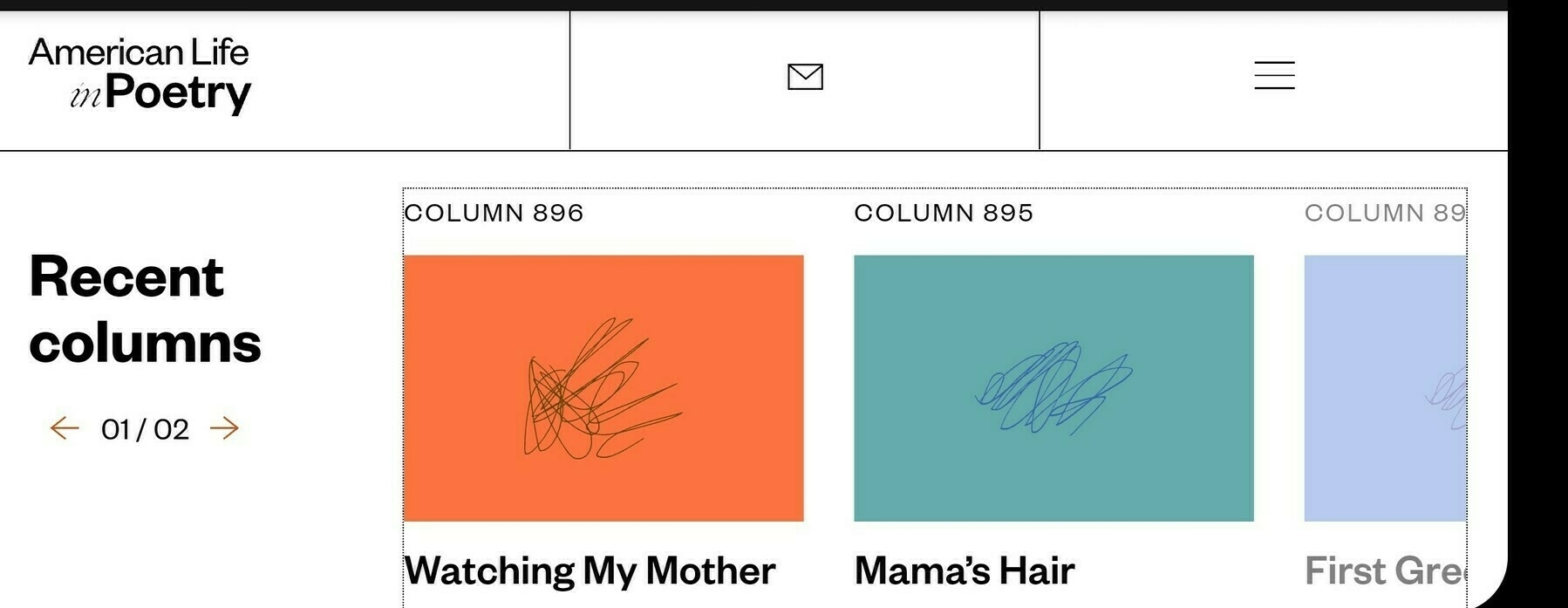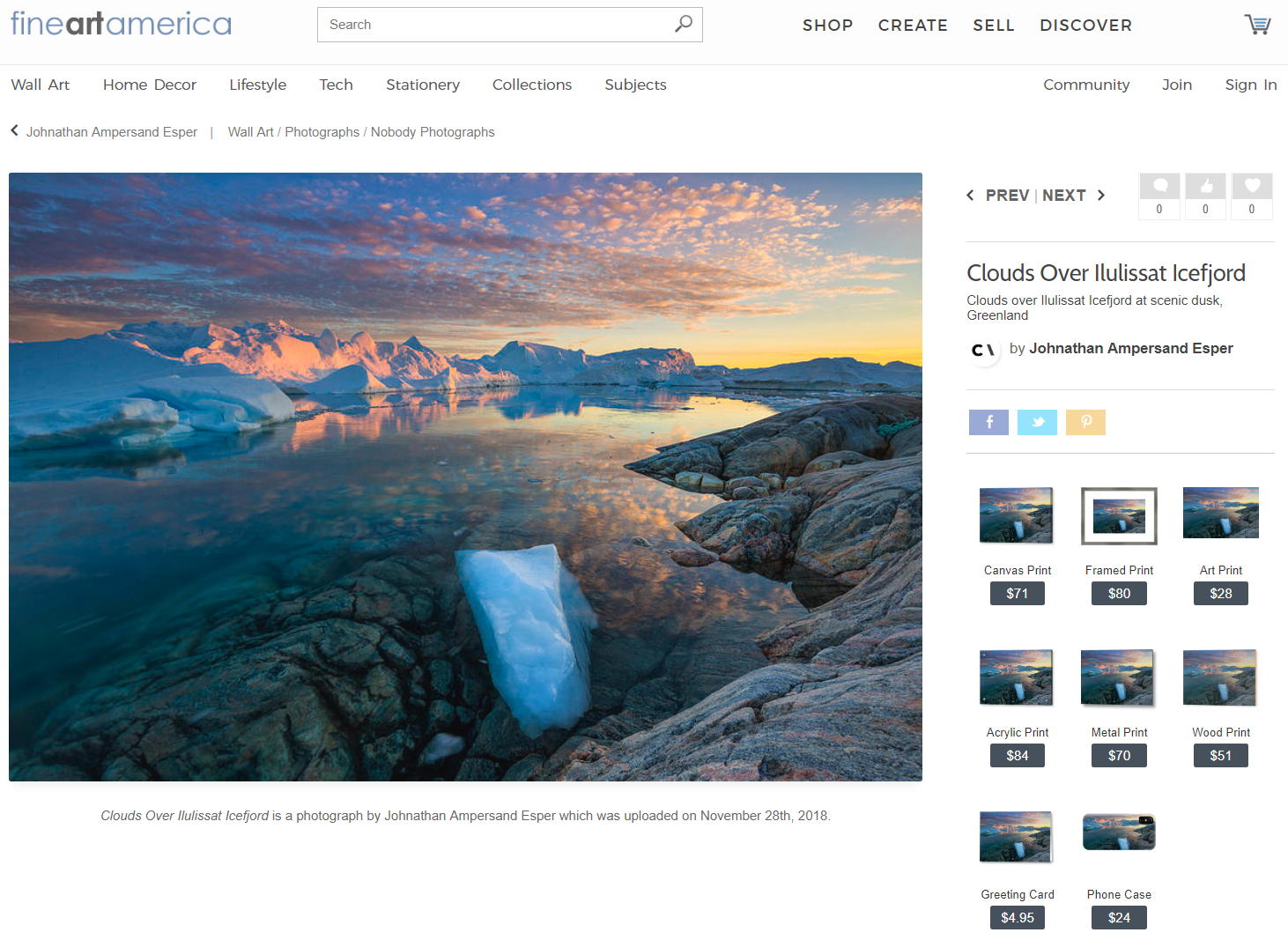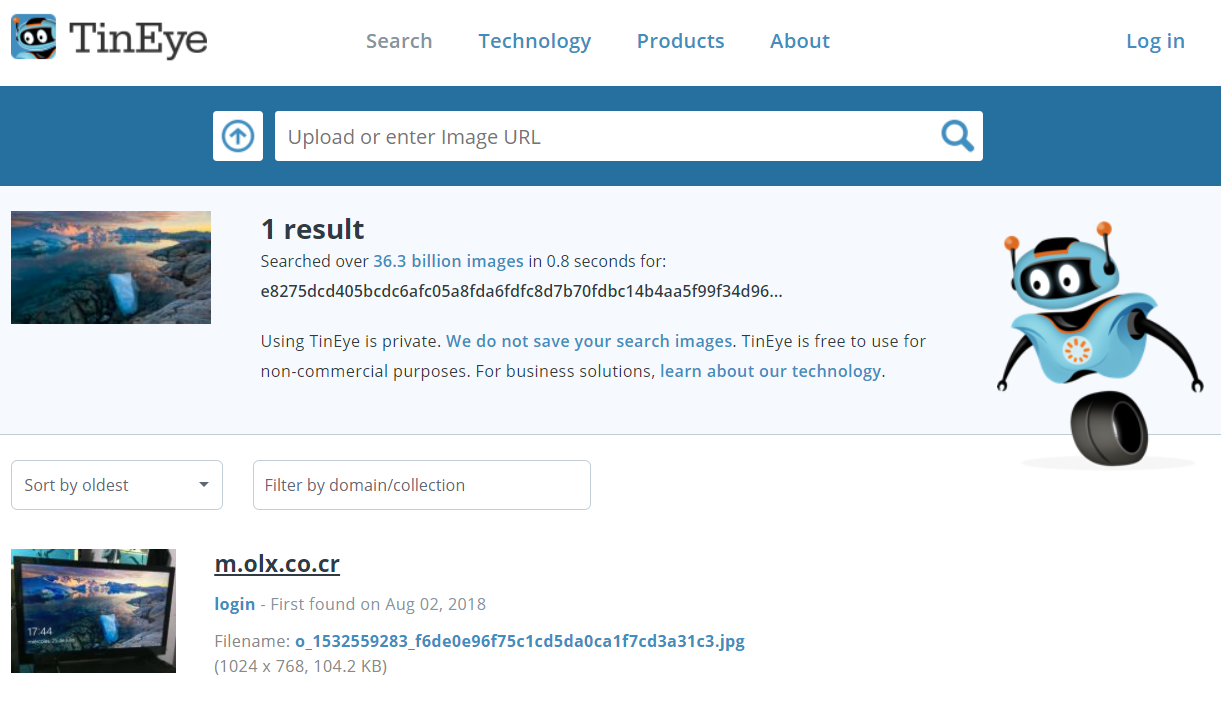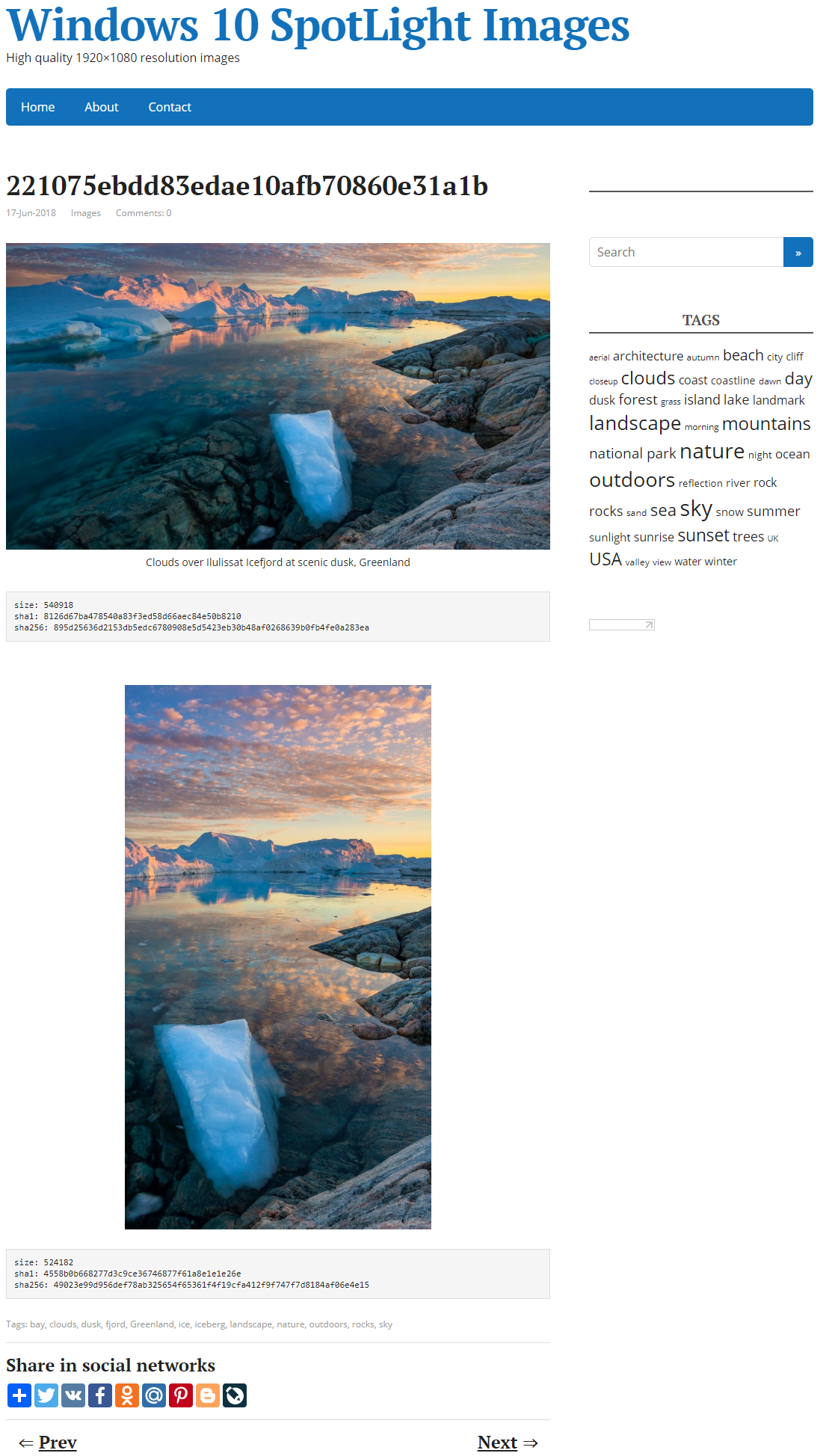
According to Grok 2
The “Year of the Tucks Medicated Pad” is a reference to a fictional calendar system in David Foster Wallace’s novel “Infinite Jest.” In the book, years are sponsored by corporations or products, leading to names like “Year of the Tucks Medicated Pad.” This particular year signifies a time within the narrative where time is measured by corporate sponsorships rather than traditional calendar years, highlighting themes of commercialization and the pervasive influence of advertising in society.
In “Infinite Jest,” this year is part of a timeline where traditional Gregorian calendar years are replaced by these sponsored years. The “Year of the Tucks Medicated Pad” is one of several such years mentioned, including the “Year of the Depend Adult Undergarment” and “Year of Glad.” This satirical naming convention serves to critique consumer culture and the commodification of even time itself.
For those interested in exploring further, there are analyses and discussions of this concept available in various literary forums and reviews. For instance, on Reddit, users have discussed and even created visual representations of this idea, reflecting on its significance within the novel’s broader themes.
Then I asked: Who is POTUS47?
Donald Trump was sworn in as the 47th President of the United States on January 20, 2025, following his election victory over Vice President Kamala Harris. His campaign and election were marked by significant events, including surviving two assassination attempts, which contributed to the historical context of his presidency. (According to Grok 2)
Compare POTUS47 IRL with fictional Johnny Gentle.
(The following is according to Grok 2)
Comparing Donald Trump, the real-life 47th President of the United States (POTUS47), with Johnny Gentle, a fictional character from David Foster Wallace’s novel “Infinite Jest,” reveals several intriguing parallels and contrasts:
Similarities:
- Entertainment Background: Both Trump and Johnny Gentle come from an entertainment background. Trump was known for his reality TV show “The Apprentice,” while Gentle is described as a former lounge singer and B-movie actor. This reflects a critique on the blurring lines between entertainment and politics, where charisma and public persona play significant roles in political success.
- Populist Appeal: Both figures capitalized on a populist wave, appealing to voters who felt disenfranchised by traditional politics. Trump’s campaign was marked by anti-establishment rhetoric, promising to “Make America Great Again,” while Gentle is portrayed as a leader of the “Clean U.S. Party” (C.U.S.P.), promising to clean up America from both literal and metaphorical pollution.
- Nationalism and Isolationism: There’s a shared theme of nationalism. Trump’s policies, like his stance on immigration and international trade, reflect a form of nationalism and isolationism. Similarly, Gentle’s policies involve isolating America by creating the “Great Concavity,” a vast waste dump area given to Canada, reflecting a form of extreme nationalism.
- Germaphobia: Trump has been known for his particular attention to hygiene, notably avoiding handshakes during the early stages of his presidency due to health concerns. Johnny Gentle is explicitly described as a severe germaphobe, to the extent of wearing surgical masks and promoting extreme cleanliness.
- Use of Vulgar Language: Both Trump and Gentle are noted for their use of profanity in public or political forums, which was somewhat unprecedented for their respective times. Trump’s use of coarse language was often highlighted in the media, while Gentle is depicted as the first U.S. President to say “shit” publicly.
Differences:
- Political Experience: Trump had some political experience before becoming president, having been involved in politics, though his background was primarily in business. Johnny Gentle, on the other hand, is portrayed with no prior political experience, jumping directly from entertainment to the presidency, which serves as a satirical commentary on American politics.
- Policy Execution: While Trump implemented policies that often stirred controversy, like border wall construction, tax reforms, and immigration policies, Gentle’s policies in “Infinite Jest” are more extreme and surreal, like giving away toxic land to Canada or the concept of “Subsidized Time” where years are sponsored by corporations.
- Outcome and Legacy: Trump’s presidency was marked by significant domestic and international impacts, including economic policies, judicial appointments, and international relations. Johnny Gentle’s administration in the novel leads to a dystopian scenario where America’s obsession with entertainment leads to its downfall, with a focus on cultural and environmental decay.
- Character Depth: Wallace uses Gentle to explore themes of entertainment addiction, environmentalism, and political satire in a deeply philosophical and absurd manner. Trump, as a real-life figure, embodies these themes but through the lens of actual policy, personal behavior, and political strategy, providing a different kind of narrative and public discourse.
In summary, while Donald Trump and Johnny Gentle share some thematic and superficial similarities, their differences lie in the execution and the reality versus fiction of their political actions and personal characteristics. Wallace’s Gentle serves as a hyperbolic mirror to critique aspects of American culture and politics, whereas Trump’s presidency provides a real-world case study of similar themes in action.
Compare the Department of Government Efficiency IRL with the fictional Organization of North American Nations.
(The following is according to Grok 2)
Here’s a comparison between the real-life “Department of Government Efficiency” (DOGE) as proposed under President Donald Trump’s administration and the fictional “Organization of North American Nations” (ONAN) from David Foster Wallace’s “Infinite Jest”:
Department of Government Efficiency (DOGE) - Real Life:
- Purpose: Announced by Donald Trump as a presidential advisory commission aimed at restructuring the federal government to reduce expenditures, cut regulations, and increase efficiency. It’s not a formal department but rather a commission led by Elon Musk and Vivek Ramaswamy.
- Structure: Despite its name, it’s not intended to be an official federal executive department, thus not requiring congressional approval for its establishment. It operates outside the traditional government structure, focusing on advisory roles.
- Goals:
- Dismantling government bureaucracy.
- Slashing excess regulations.
- Cutting wasteful expenditures.
- Restructuring federal agencies.
- Criticism and Challenges:
- Concerns about conflicts of interest given the leadership roles of Musk and Ramaswamy, both of whom have business dealings with the government.
- Skepticism about the feasibility of achieving the $2 trillion in budget cuts proposed by Musk.
- Legal and ethical concerns regarding the influence of private sector leaders on government policy without formal accountability mechanisms.
- Impact: As of early 2025, it’s too early to determine its real impact, but there’s skepticism regarding its effectiveness in navigating the complexities of government operations and legislative hurdles.
Organization of North American Nations (ONAN) - Fictional:
- Purpose: In “Infinite Jest,” ONAN is a fictional superstate formed by the unification of the United States, Canada, and Mexico, ostensibly to deal with environmental issues but more so to reflect a dystopian vision of nationalism, corporate influence, and entertainment addiction.
- Structure: ONAN is depicted as an exaggerated, bureaucratic entity where traditional national boundaries are blurred, and governance is influenced by corporate sponsorships (e.g., years named after corporate products like “Year of the Tucks Medicated Pad”).
- Goals:
- Dealing with toxic waste through the creation of “The Great Concavity/Convexity,” essentially giving away polluted land to Canada.
- Promoting national cleanliness and isolation under the leadership of President Johnny Gentle, a former B-movie star turned politician with an extreme focus on hygiene.
- Criticism and Satire:
- ONAN serves as a critique of American exceptionalism, consumerism, and the merging of entertainment with politics.
- The environmental policy satirizes the absurdity of solving problems by simply relocating them, highlighting a lack of genuine commitment to environmental issues.
- Impact: In the narrative, ONAN’s policies lead to a dystopian society where entertainment, particularly the addictive “Infinite Jest” film, becomes a tool of control and escapism, showing a society in decline.
Comparative Analysis:
- Efficiency vs. Bureaucracy: DOGE aims at efficiency through deregulation and budget cuts, whereas ONAN is a satire on inefficiency, bloated bureaucracy, and misguided environmental policies.
- Leadership: While DOGE involves real-world business leaders, ONAN’s leadership, particularly Gentle, mocks the idea of celebrities or entertainers in political roles, echoing themes relevant to Trump’s presidency.
- Outcome: DOGE’s outcomes are speculative and subject to real-world political and legislative processes, whereas ONAN’s outcomes are satirically exaggerated to critique societal norms and political structures.
- Public Perception: DOGE has been met with mixed reactions, with concerns over its practical implementation, while ONAN is used by Wallace to explore deep philosophical questions about identity, nationalism, and the human condition through satire.
In summary, DOGE represents a specific, contemporary attempt at government reform, while ONAN is a broad, fictional critique of government, nationalism, and corporate influence, using humor and absurdity to highlight systemic issues. Both concepts, in their own ways, comment on the complexities and often the absurdities of modern governance.
Image by NightCafe (link)







